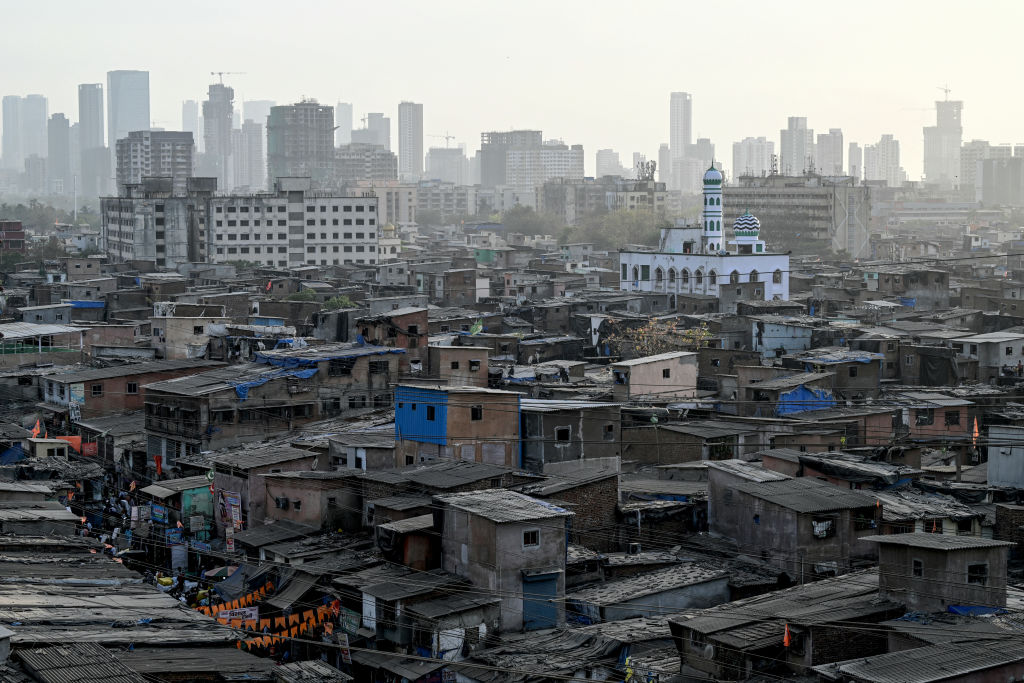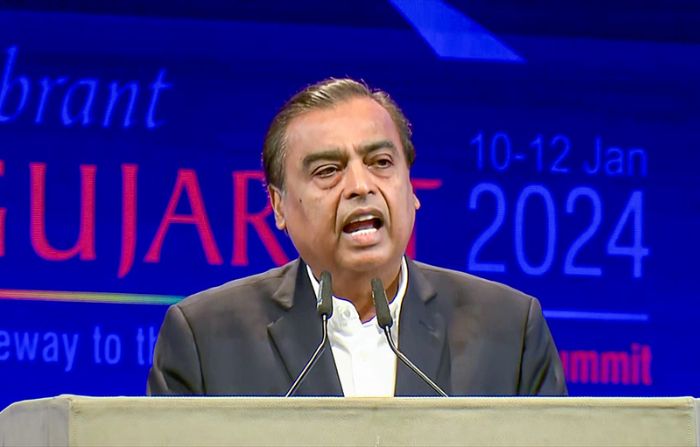- Saturday, July 27, 2024
It was also said that the growth of inequality in the country has been especially prominent since the BJP assumed power in 2014.

By: Shubham Ghosh
MUMBAI, the financial capital of India, has recently dethroned Chinese capital Beijing as the home to the most number of billionaires in Asia, the 2024 Hurun Global Rich List said earlier this week. This is the first time that Mumbai has topped the Asian list in terms of billionaires. Globally, too, the city was in the top three with only New York City (119) and London (97) preceding it.
Mumbai, according to the rich list, has 92 billionaires while Beijing has 91 and Shanghai, 87.
It was also learnt from the survey that the Indian billionaires’ cumulative wealth touched $1 trillion (£796 billion), going past China’s average wealth per billionaire. The South Asian nation, in fact, added 94 new billionaires in a single year (2023), surpassing China’s 55 and cementing its own position as the second-biggest contributor to the global billionaire population.
Read: Study says inequality in India has soared since 2000s, top 1% holds 40% wealth
But Mumbai is also home to what is called the world’s largest slum — Dharavi. Occupying an area of 2.39 square kilometres, it is inhabited by a million people who fight it daily with hard work amid poverty and pollution. India is the world’s fifth largest economy at the moment with a GDP of $4,112 billion (£3,263 billion) but a per capita GDP of only $2,850 (£2,262). The next lowest among the top 10 economies is Brazil with $11,030 (£8,753).
To understand this contradiction better, let’s look at a new study revealed by the World Inequality Lab (WIL) based at the Paris School of Economics and promotes research on global inequality dynamics.
Read: Modi advocates for ‘Wed in India’ initiative to retain national wealth
According to the study, the current era of prosperity for Indian billionaires has led to a significant surge in income inequality within the country which now ranks among the nations with the highest levels of income inequality globally, surpassing even the stark divides seen in the United States, Brazil, and South Africa.
Shockingly, certain metrics indicate that income distribution in India is now more disparate than it was during the period of British colonial rule which ended in 1947. This assertion comes from a group of economists, including the prominent French scholar Thomas Piketty, who collaborated on the study.

As said by the Hurun rich list, the current count of billionaires in India has surged to 271, after the leap in the count last year. This surge in new billionaires is second only to the United States. Collectively, these Indian billionaires constitute approximately seven per cent of the world’s total wealth. Among them, tycoons such Mukesh Ambani, Gautam Adani, and Sajjan Jindal are now rubbing shoulders with global titans such as Jeff Bezos and Elon Musk, firmly establishing themselves among the world’s wealthiest individuals.
“The Billionaire Raj headed by India’s modern bourgeoisie is now more unequal than the British Raj headed by the colonialist forces,” the authors of the WIL study wrote.
The contrast becomes especially striking when considering India’s current status as an economy boasting an eight per cent GDP growth rate, as noted by Barclays Research. Some projections even suggest that the country is on track to surpass Japan and Germany, emerging as the world’s third-largest economy by 2027.
Prime minister Narendra Modi has reiterated time and again that India will be among the top three economies of the world in his third term in office, which he and his Bharatiya Janata Party are confident of securing after this year’s general elections.
The researchers at the WIL arrived at their findings by closely monitoring the proportion of India’s total income and wealth held by the top one per cent. Income encompasses earnings, interest from savings, investments, and various other sources, whereas wealth, also known as net worth, represents the total value of assets owned by individuals or groups. The study authors utilized a combination of national income records, wealth aggregates, tax data, lists of affluent individuals, as well as surveys on income, consumption, and wealth to compile their research results.
In analysing the distribution of income, the economists scrutinized annual tax records released by both the British and Indian governments since 1922. They observed that even during India’s peak period of income inequality, occurring from the 1930s through the colonial inter-war era until independence in 1947, the top one per cent consistently commanded approximately 20 to 21 per cent of the nation’s total income. Presently, this elite segment claims 22.6 per cent of India’s income.
Similarly, the economists delved into the dynamics of wealth disparity, commencing their study in 1961 when the Indian government initiated comprehensive household surveys encompassing wealth, debt, and assets. By amalgamating this data with insights from the Forbes Billionaire Index, they unearthed that India’s wealthiest one per cent now controls an astonishing 40.1 per cent of the country’s total wealth.
Moreover, the surge in the number of Indian billionaires, skyrocketing from one in 1991 to 162 in 2022, is significant. Over this period, the collective net wealth amassed by these individuals relative to India’s total net national income has risen from less than one per cent in 1991 to a staggering 25 per cent in 2022, as highlighted by the authors of the study.
In another significant observation, the study has revealed that the growth of inequality has been especially prominent since the BJP assumed power in 2014.
In the past decade, key political and economic transformations have resulted in “an authoritarian government with centralization of decision-making power, coupled with a growing nexus between big business and government,” the report asserted. According to the findings, this trend is likely to “facilitate disproportionate influence” on both society and governmental affairs.
The authors have warned of the potential for India to turn into a plutocracy. They noted that India was once hailed as a model among post-colonial nations for maintaining the integrity of crucial institutions. However, they highlight a recent decline in the quality of economic data in India, which affects the study of inequality.